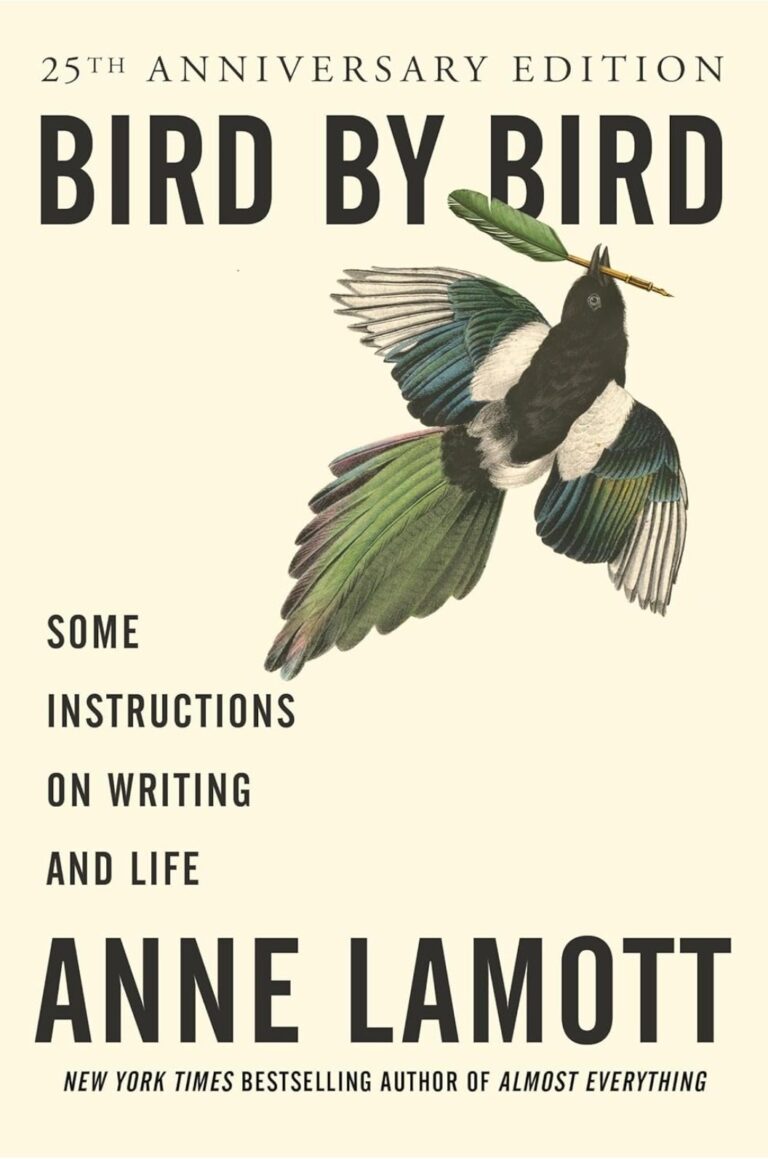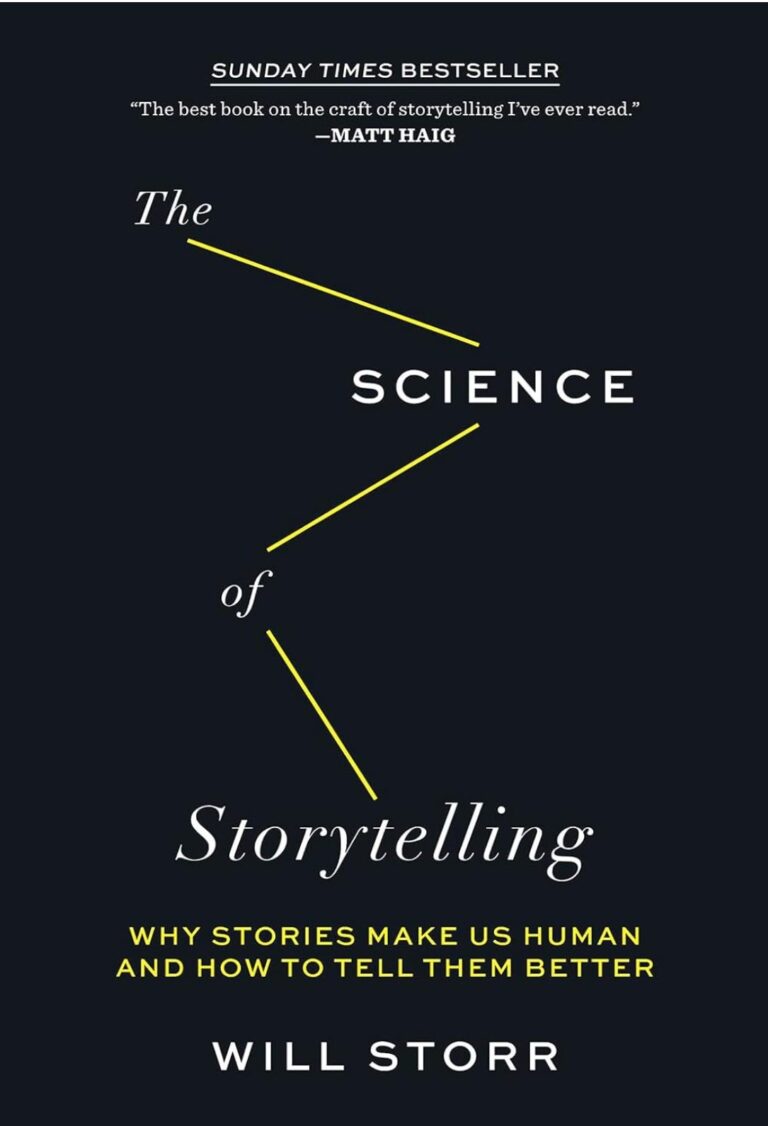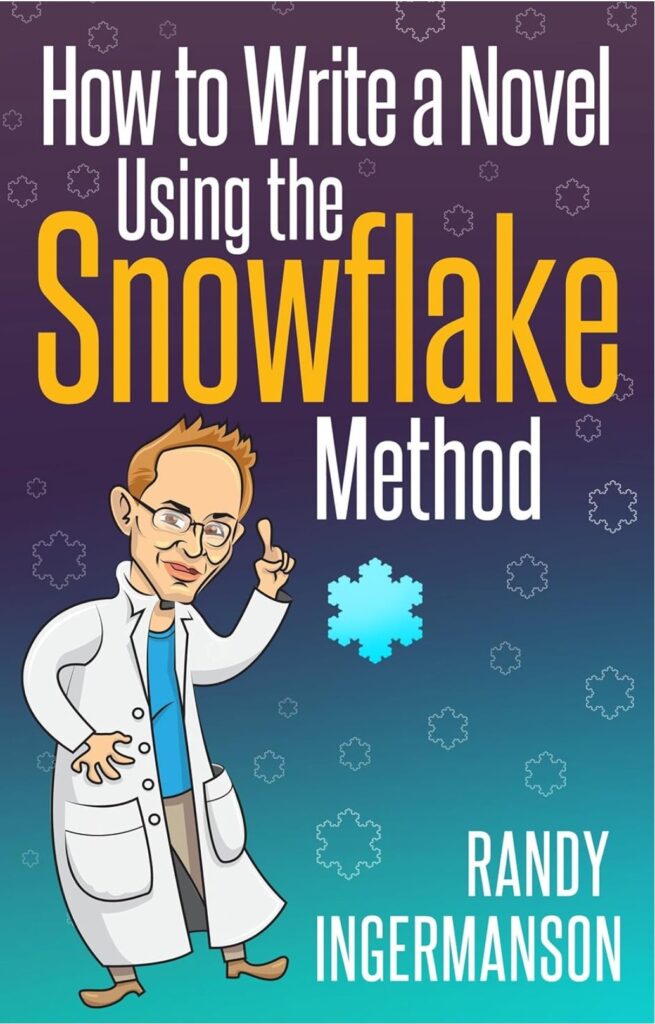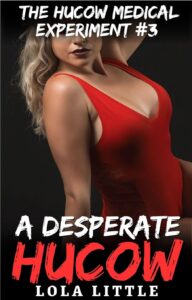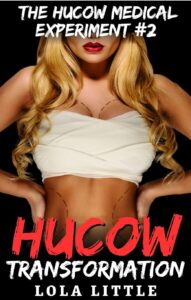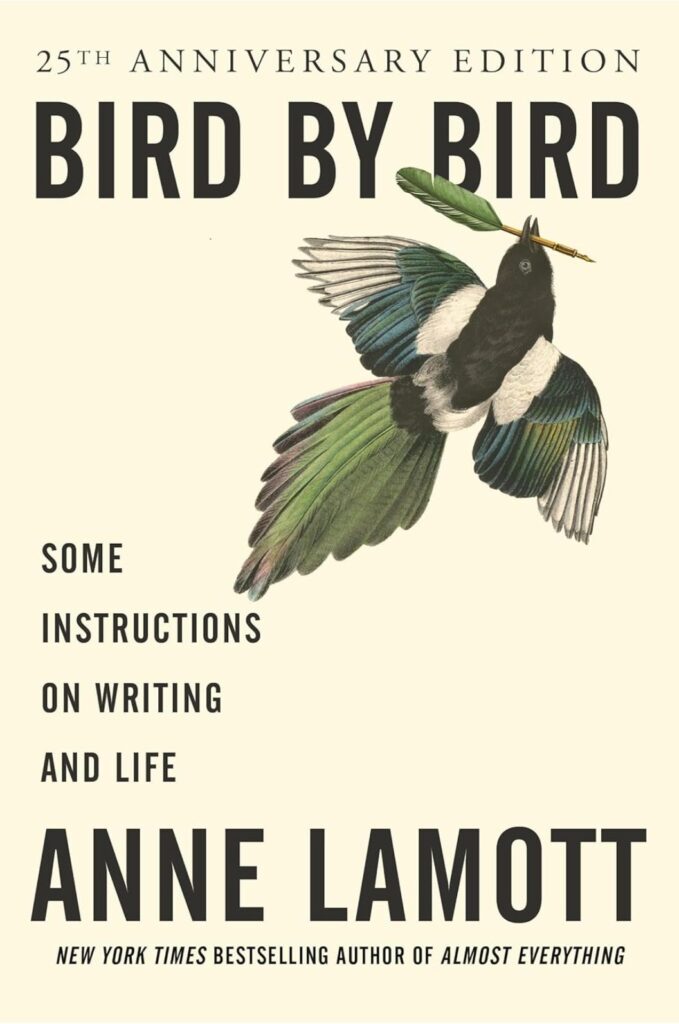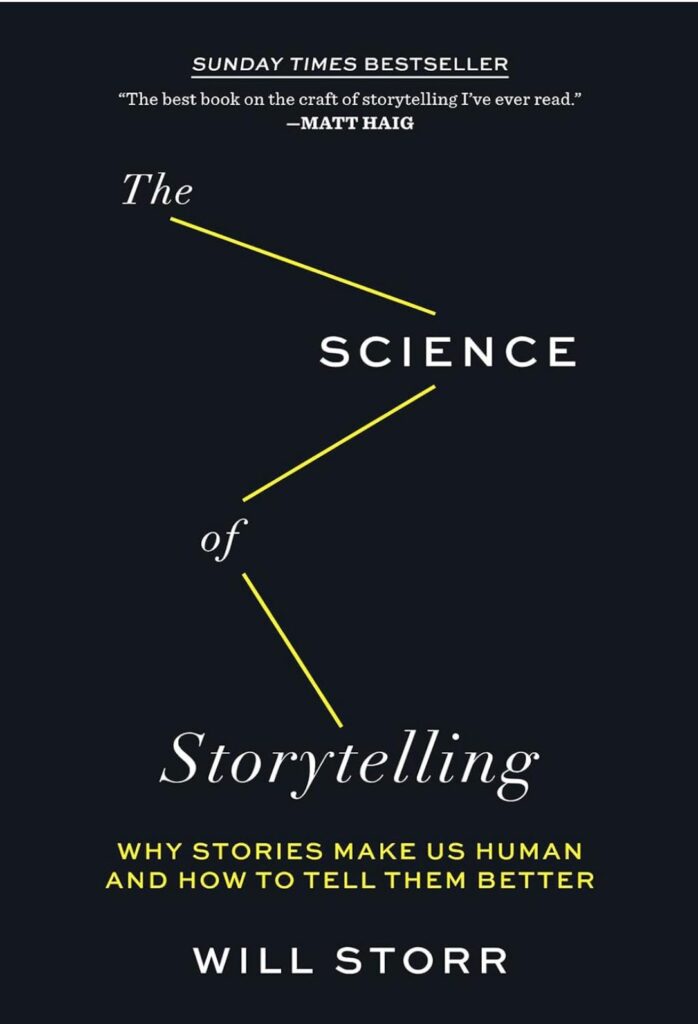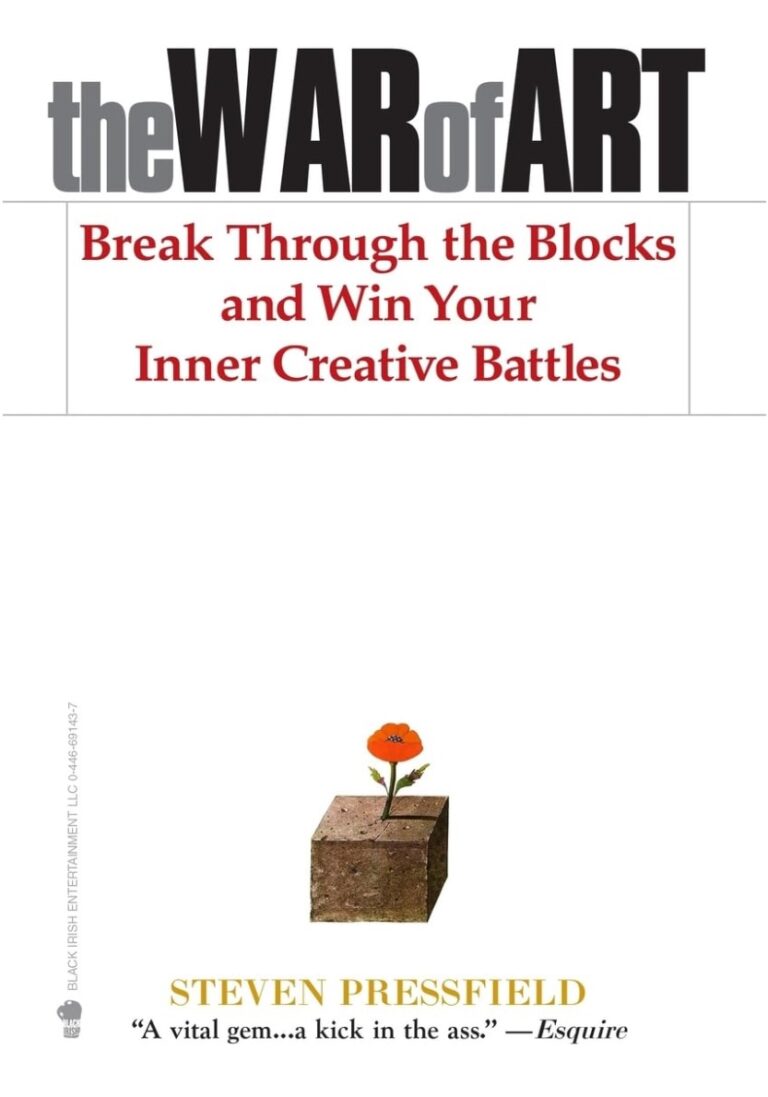Writing Hucow stories is about transformation on multiple levels. Beyond the physical changes—milking, breeding, and submission—there’s an emotional journey that the heroine experiences. One of the most compelling aspects of these stories is how the heroine moves from resistance to fully embracing her new role as a Hucow. It’s a delicate balance to capture, but when done right, it creates a story arc that resonates deeply with readers.
When I’m writing a Hucow heroine, I love playing with that emotional growth. The journey from fear and uncertainty to acceptance and even joy is where so much of the heart of the story lies.
In this post, I’ll share some insights on how to guide your heroine through that transition, making her emotional growth feel organic and engaging while staying true to the tropes and themes of the Hucow genre.
Table of Contents
ToggleStarting with Resistance
In most Hucow stories, the heroine doesn’t start out fully accepting her fate. In fact, resistance is a key theme. She’s often introduced to this world against her will, or at least, not entirely by choice. Maybe she’s kidnapped and brought to a futuristic farm, or perhaps she’s inherited a rural estate where strange customs dictate that women must become Hucows. Either way, she’s unsure, uncomfortable, and most importantly, resistant.
Why Resistance Works
Resistance is relatable. It taps into universal feelings of fear, uncertainty, and not wanting to give up control. Even though the heroine may ultimately find fulfillment in her new role, readers need to see her initial struggle to believe in her journey. Without resistance, the transformation feels too easy, and the emotional stakes are lower.
In one of my stories, the heroine is taken to a remote farm where she’s told that she will be milked and bred. Her immediate reaction is one of terror and defiance. She fights against the alpha male, refusing to submit to his control. But as she interacts more with him and the farm, she begins to soften. It’s this emotional push and pull that keeps the reader invested in her journey.
Building Tension Through Conflict
Resistance also helps build tension in the story. The heroine’s reluctance to embrace her new role creates natural conflict with the alpha male and other characters. This tension is essential in driving the plot forward. Whether it’s verbal sparring or more physical struggles, these moments of resistance lay the groundwork for the emotional growth that will follow.
Think about how your heroine’s resistance can create tension in the plot. Does her defiance make the alpha male more determined to break her will, or does it make him respect her strength? How does her resistance affect the power dynamics between them? This conflict should be central to the story’s early chapters, gradually easing as she moves toward acceptance.
The Turning Point: From Resistance to Curiosity
Every Hucow story needs a turning point—an emotional shift where the heroine begins to open up to the idea of becoming a Hucow. This shift doesn’t happen overnight. It’s a slow process, often sparked by curiosity or a small moment of pleasure.
The heroine might begin to notice how her body responds positively to the milking process or how the alpha male’s care makes her feel safe in a way she hasn’t felt before.
Small Moments of Pleasure
One of the best ways to guide your heroine through this turning point is to focus on small moments of physical pleasure. Maybe the first few milking sessions were uncomfortable or painful, but over time, she begins to find the sensation soothing. These moments are crucial in helping the heroine reframe her experience from one of resistance to one of acceptance.
In a recent story, I wrote a scene where the heroine, after weeks of struggling against the milking process, begins to relax for the first time. She notices the rhythmic tug of the machine isn’t as harsh as she thought.
There’s something calming about it, something she’s afraid to admit she likes. This moment is a key turning point because it signals to the reader—and the heroine—that her mindset is starting to change.
Emotional Softening
Along with physical pleasure, there’s often an emotional softening that happens at this stage. The alpha male might begin to show his caring side, protecting the heroine or making sure she’s comfortable during the transformation. These small acts of kindness can break down the heroine’s emotional walls, allowing her to feel safe enough to explore her new role more fully.
In one of my stories, the alpha male shows his softer side by tending to the heroine after a particularly intense breeding session. He brings her water, strokes her hair, and stays with her while she recovers.
It’s in this moment that she realizes he’s not just a domineering figure—he genuinely cares for her. This shift in her perception is what moves her from resistance to curiosity and, eventually, to embrace.
Embracing the Transformation
Once your heroine has moved past resistance and into curiosity, the next step is for her to fully embrace her transformation. This is where the emotional growth really takes center stage. The heroine starts to see her new role as a Hucow not as something forced upon her, but as something she chooses to embrace.
Finding Empowerment in Submission
Hucow stories often play with the theme of submission, but what makes the heroine’s emotional growth so compelling is that her submission becomes a source of empowerment. She may be submitting to the alpha male’s control, but in doing so, she’s reclaiming her agency. She’s no longer resisting—she’s choosing to embrace her new life because she finds joy and fulfillment in it.
In one of my stories, the heroine’s final acceptance comes during a milking session where she willingly hooks herself up to the machine for the first time. She’s no longer afraid or reluctant—she craves the release that the process brings. This moment is incredibly empowering because it shows that she’s not just submitting—she’s taking control of her new identity as a Hucow.
Emotional and Physical Fulfillment
As the heroine embraces her transformation, she also experiences emotional and physical fulfillment. She finds pleasure in the milking and breeding process, and she forms a deep emotional bond with the alpha male. This bond is often based on mutual respect—he respects her strength and resilience, and she respects his guidance and protection.
In a recent story, the heroine’s emotional growth culminates in a breeding session where she and the alpha male are fully connected, both emotionally and physically. She’s no longer resisting his control—instead, she’s embracing it because she knows he cares for her, and she’s found fulfillment in her new role.
Writing Tips for Emotional Growth
When writing the emotional growth of your Hucow heroine, keep a few key tips in mind:
Pace the Growth: Emotional growth doesn’t happen overnight. Let the heroine’s resistance linger for a while before she begins to soften. This makes her eventual embrace feel earned and satisfying.
Use Small Moments: The heroine’s growth doesn’t need to be driven by big, dramatic events. Small moments of physical pleasure or emotional connection are just as powerful in moving her from resistance to acceptance.
Show Both Sides of the Alpha Male: The alpha male’s dominance is important, but his caring side is what helps the heroine feel safe enough to embrace her transformation. Show this duality throughout the story.
Balance Physical and Emotional Growth: The heroine’s emotional growth should mirror her physical transformation. As her body changes, her mind and heart should be evolving as well.
Final Thoughts
Guiding Your Heroine from Resistance to Embrace
At the heart of every Hucow story is a journey of transformation—both physical and emotional. As the heroine moves from resistance to embrace, readers are taken along for an emotional ride that mirrors her inner struggle and eventual acceptance. By pacing the growth carefully and weaving in moments of both pleasure and emotional connection, you can craft a heroine’s journey that feels real and deeply satisfying.
The best Hucow stories allow readers to witness the heroine’s emotional evolution, making her final acceptance of her role all the more powerful. So, as you write your next Hucow story, remember that it’s not just about the physical transformation. It’s about the emotional journey, too—the slow, steady growth from resistance to embrace. And that’s what will keep your readers coming back for more.
References and More Information
Here are three references that will help guide you, the Hucow author, in crafting emotionally complex heroines who undergo meaningful transformation from resistance to embrace.
Character Arc Development by Now Novel
This article explores how to develop strong character arcs, focusing on emotional transformation and growth. It’s a great resource for writing Hucow heroines transitioning from resistance to acceptance.The Power of Character Development by Writers Digest
Learn how to write dynamic character growth, particularly in romance and genre fiction, where emotional development is key to connecting with readers.Using Internal Conflict to Drive a Character’s Growth by Reedsy Blog
This article explains how internal conflict can be used to show a character’s emotional journey, which is vital when writing a heroine’s transformation in Hucow stories.












